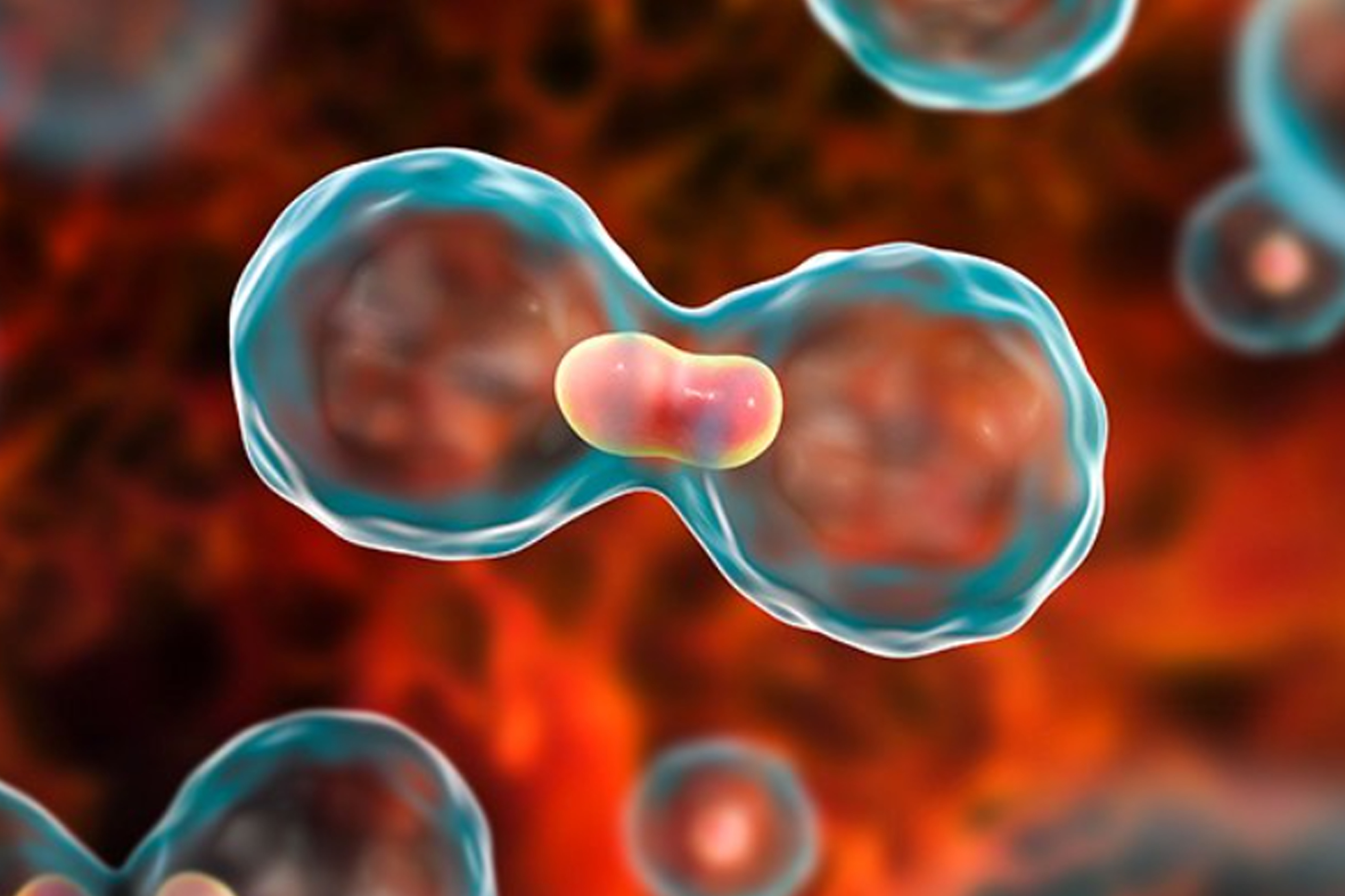Cancer

Cancer care services are comprehensive programs designed to diagnose, treat, and manage cancer in patients. These services offer a range of specialized care, from initial screenings and diagnostics to advanced therapies, follow-up, and support programs. The goal of cancer services is to provide timely, effective, and compassionate care tailored to each patient’s needs, improving both treatment outcomes and quality of life.
Cancer care encompasses a full spectrum of services that support individuals diagnosed with cancer throughout their journey, focusing on early detection, individualized treatment, emotional and physical support, and continuous follow-up. Cancer care aims to address both the medical and holistic needs of patients and their families to improve survival outcomes and quality of life.
Key Components of Cancer Services
- Screening and Early Detection
- Screening Programs: Regular screenings can help detect cancer early, often before symptoms appear. Screening methods vary for cancer type such as mammograms for breast cancer colonoscopies for colorectal cancer Pap smears for cervical cancer, and PSA tests for prostate cancer.
- Genetic Counseling and Testing: Genetic testing can identify individuals at higher risk for specific cancers, especially those with a family history of cancer. Genetic counseling helps patients understand the implications and options available.
- Risk Assessment: Comprehensive assessments are performed for at-risk populations, evaluating lifestyle factors, family history, and other risk factors.
2. Diagnosis
- Imaging Services: Advanced imaging techniques, such as MRI, CT, ultrasound, PET scans, and X-rays, allow doctors to visualize tumors and evaluate their spread.
- Biopsy and Pathology: Tissue biopsies are essential for diagnosing cancer accurately. Pathologists analyze tissue samples to determine cancer type, stage, and grade, guiding the treatment approach.
- Blood Tests and Biomarkers: Blood tests, including tumor markers and complete blood counts, help detect cancer, monitor treatment effectiveness, and check for recurrence.
3. Treatment Services
- Surgery: Surgery can be aimed at cutting out or the removal of cancerous tumors and sometimes the surrounding tissues. Some are minimally invasive or even robotic-assisted, which can result in quicker healing and minimal trauma to the body.
- Radiation Therapy: Radiation treatment focuses on high-energy beams directed at the site to destroy cancer cells. Included in radiation therapy are stereotactic radiosurgery (SRS), intensity-modulated radiation therapy (IMRT), and brachytherapy.
- Chemotherapy: This type of treatment uses drugs that either kill cancer cells or prevent them from reproducing. It can be given orally, intravenously, or by injection and often in combination with other treatments.
Immunotherapy: Immunotherapy, “the immunological therapy of cancer, intended to activate the body’s immune system against cancer cells,” entails checkpoint inhibitors, CAR T-cell therapy, and targeted cancer vaccines that are capable of targeting particular cancer cells. - Targeted Therapy: Targeted therapy uses drugs that attack cancer cells that selectively target them based on the genetic makeup. The drugs are designed to cause minimum harm to the normal cells, thereby reducing the side effects.
- Hormone Therapy: Hormone therapies work for hormone-dependent cancers. In this regard, some types of breast and prostate cancer are hormone-dependent. This method lowers or decreases hormones in the body to a level that allows slowing or complete cessation of the growth of cancer.
- Stem Cell and Bone Marrow Transplant: Damaged or destroyed bone marrow is replaced with healthy cells. The most common use of this transplant is for cancers of blood, such as leukemia or lymphoma.
4. Supportive and Palliative Care
- Pain and Symptom Management: Cancer treatment may cause pain, nausea, fatigue, and other symptoms. Specialized care teams help manage symptoms to improve patient comfort.
- Nutrition Counseling: Dietitians work with cancer patients to address nutritional needs, helping them maintain strength and manage side effects like appetite loss.
- Mental Health and Counseling: Cancer diagnosis and treatment are emotionally challenging. Psychologists, social workers, and support groups provide emotional support and counseling.
- Physical Rehabilitation: Rehabilitation services, including physical therapy, help patients regain strength and mobility during or after treatment.
5. Post-Treatment Follow-Up and Survivorship Care
- Monitoring for Recurrence: Regular follow-up appointments help detect any cancer recurrence early, with imaging, lab tests, or other assessments.
- Survivorship Programs: Survivorship programs help patients transition to life after treatment, addressing physical, emotional, and practical needs.
- Lifestyle and Wellness Guidance: Many cancer centers offer programs focusing on exercise, stress management, smoking cessation, and nutrition to support long-term health.
